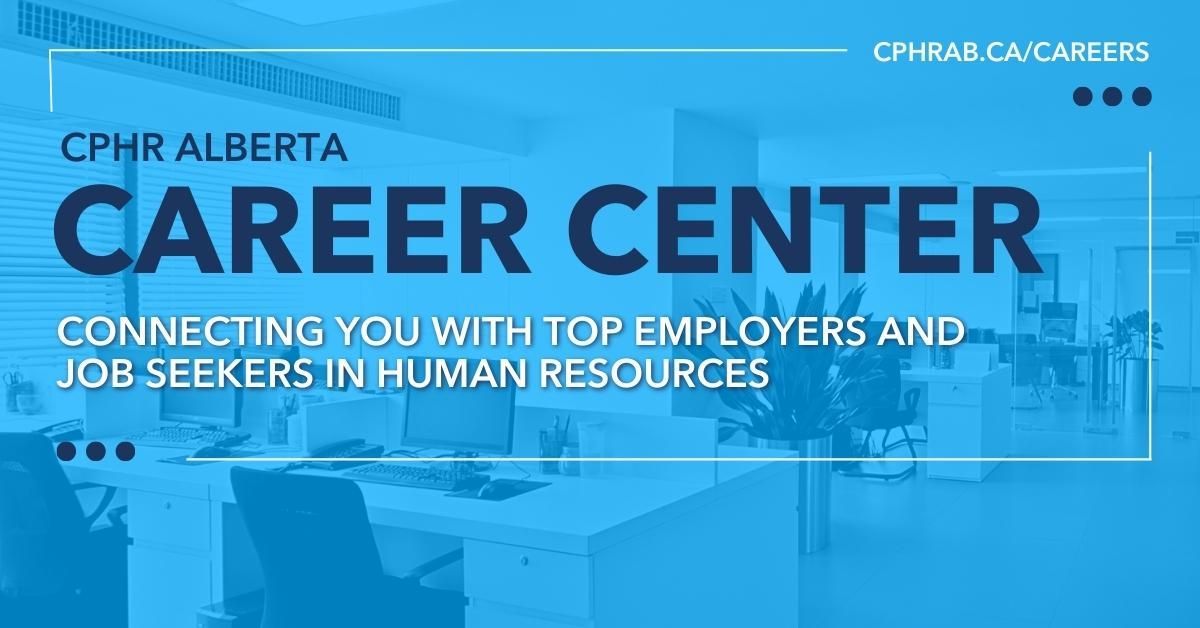
CPHR Alberta Career Center – Now Available with Single Sign-On!

CPHR Alberta is pleased to announce that our Career Center now features Single Sign-On. Members will be able to access the Career Center via their CPHR Alberta portal login. Non-members will be required to set up a New Customer account with the association which will also allow them to access Job Seeker and Employer functionalities with one account.
Single Sign-On will provide members and non-members with easy access to the Career Center and CPHR Alberta portal. When logging into our Career Center (cphrab.ca/careers), you will now see the CPHR Alberta Portal login page instead of the Career Center login. Once signed in, the Career Center will recognize membership status or non-member and corresponding pricing.
The new feature will also allow account holders to create and navigate between Job Seeker and Employer under one account.
How to create a Non-Member account:
- Click on Sign-in or Create an Account , on our careers page. You will be redirected to the CPHR Alberta portal login page
- Click on New Customer? Click here
a. Enter in all applicable information
b. Authenticate and Submit
You are now logged into Career Center and will have access to Job Seek and Employer account information. - Use the portal to navigate to Job Seeker or Employer.
a. To post jobs you will need to create an EMPLOYER profile.
b. To search and apply for positions you will need to update the account info for your JOB SEEKER profile.
*Important note: If you are looking to both post a job and seek out new opportunities, you will need to update both the Job Seeker and Employer profiles.
For more information on how to post a job, pricing and more, visit cphrab.ca/career-center-info.
Job Seeker vs Employer
Job Seeker features:
- Search and apply to top human resources jobs at institutions that value your credentials.
- Upload your resume so employers can contact you. You remain anonymous until you choose to release your contact information.
- Create Job Alerts and receiver an email each time a job matching your criteria is posted.
- Access career resources, job searching tips and tools
Employer features:
- Email your job directly to CPHR Alberta subscribed members through our exclusive Job Flash TM email.
- Post your job, or your institution’s job, where the industry’s most qualified HR professionals go to advance their careers.
- Search the Resume Bank using robust filters to narrow your candidate search
Visit the cphrab.ca/career-center-info for more information
The views and opinions expressed in this blog post belong solely to the original author(s) and do not necessarily represent the views and opinions of CPHR Alberta.






